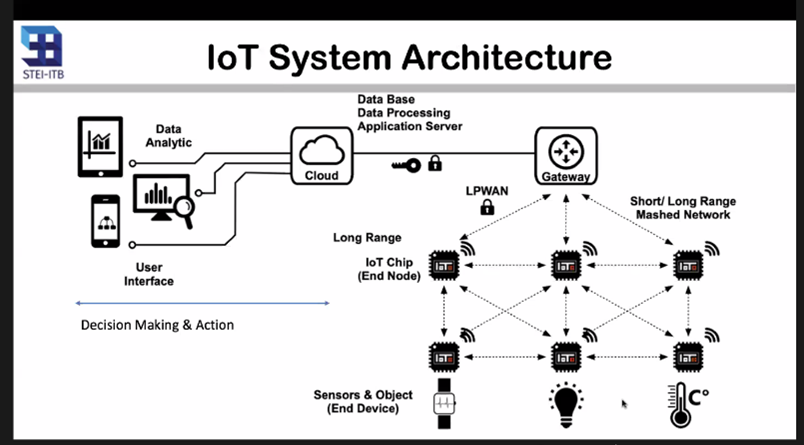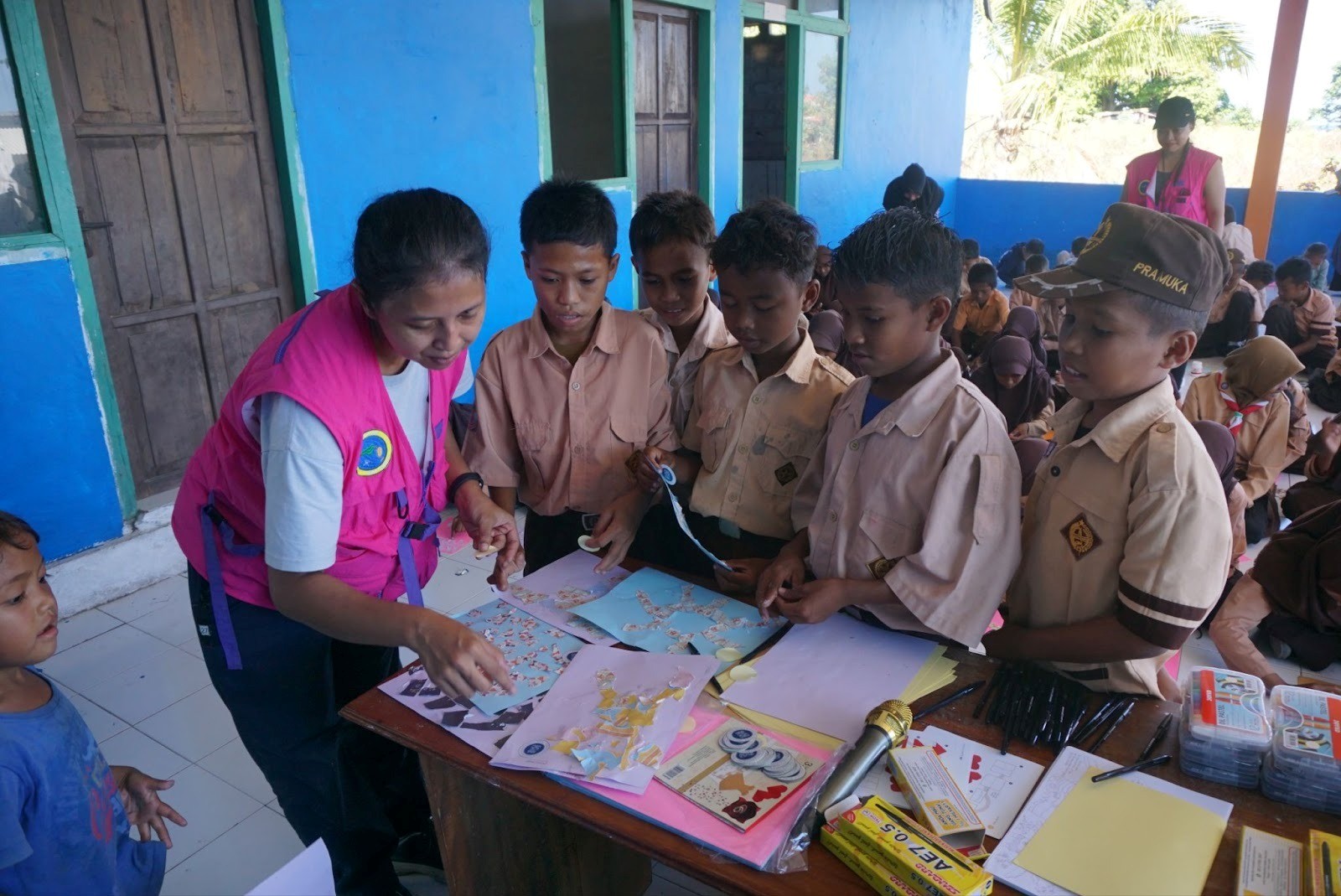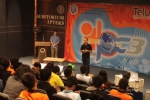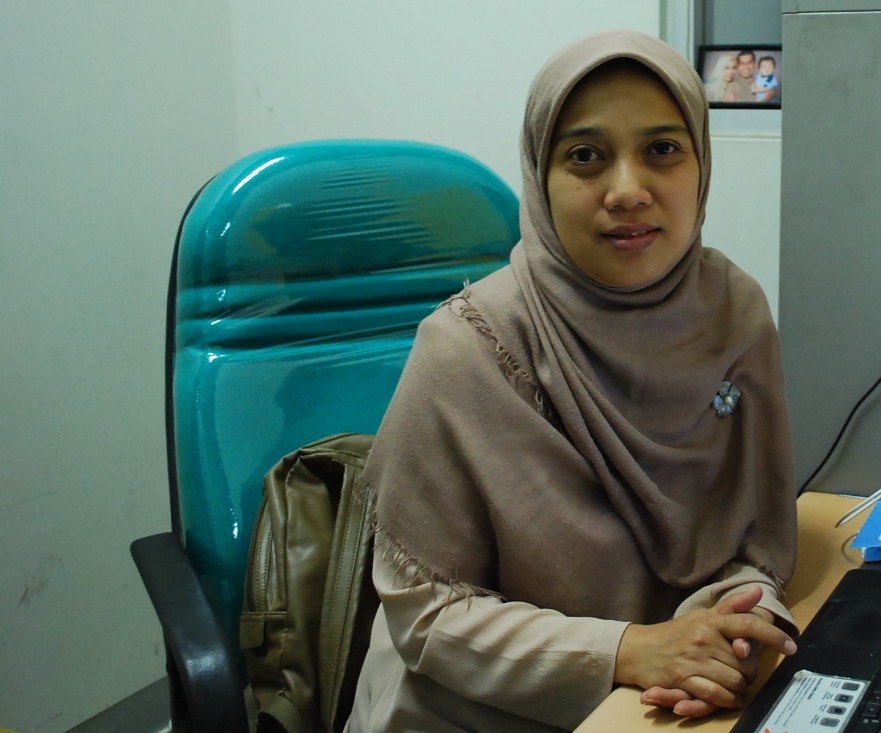Webinar by STEI: IoT Shapes Today's Technological Updates in the World
By Adi Permana
Editor Adi Permana

BANDUNG, itb.ac.id – In commemoration of the 101st Anniversary of Indonesian Engineering Higher Education (PTTI), ITB held a virtual exhibition and webinar; one of them is the STEI (School of Electrical and Informatics Engineering) Webinar #VEP101 entitled "IoT Design and Innovations". On Thursday (1/7/2021), the event was held, inviting Prof. Trio Adiono, Ph.D. as the speaker.
In the event, Prof. Trio said that IoT (Internet of Things) was created to facilitate people to use and optimize electronics and electrical devices integrated with the internet. "Currently we are in the era called the cyber physical system. This means that things will be connected and integrated through the internet," he explained.
He added that other technologies such as artificial intelligence (AI), robotics, and virtual reality (VR) were born in supporting the modern industrial era. IoT itself requires at least four driving elements: the internet, devices, cloud-based storage, and machine-to-machine control systems. All these components are needed to hold millions of user data.
"With the IoT, physical objects seem to be alive and have the ability to sense, actuate, exchange information, make decision, and to provide services," said Prof. Trio.
Furthermore, as Professor Trio explained, IoT in its use must have main values: efficiency, convenience, convenience, effectiveness, and increasing productivity. If these values ??are achieved, it can create new business models, services, and market segments.
The IoT architecture consists of three layers of definitions, and the first layer is the perception layer (physical layer). It controls hardware capable of converting information into electrical signals. The second layer is the network layer, which is the process of transferring data on the system. Lastly, the third layer is the application layer, in the form of services provided to users.
The world community often uses Arduino devices as their IoT. Arduino has a lot of practicality in it because it is considered easy to integrate with new devices. ITB also has its device called Ardunesia. The features on the Ardunesia chip are capable of operating various systems such as keypads, RFID, robots, and well-known sensors. Even so, Ardunesia has not been marketed freely at this time. Its use is still limited to technological development by manufacturing various sophisticated tools. Prof. Trio himself suggested that the IoT industry in Indonesia should be pushed a lot more, considering that time flies very fast. For example, the greatest need for IoT is in the health sector because it requires speed and accuracy in handling patients.
Reporter: Lukman Ali (Mechanical Engineering/FTMD, 2020)
Translator: Billy Akbar Prabowo (Metallurgical Engineering 2020)

.jpg)
.jpg)


.jpg)



